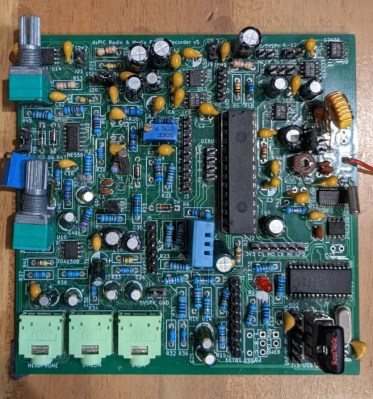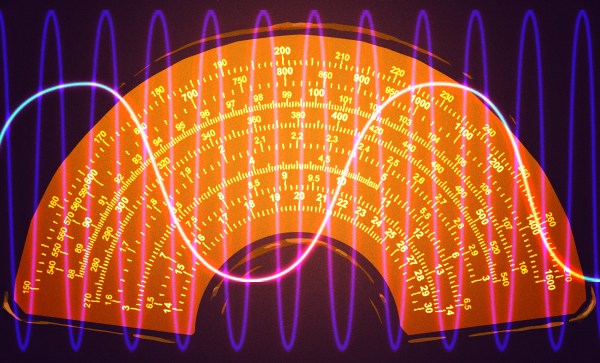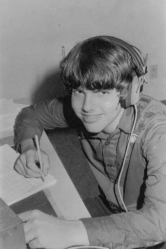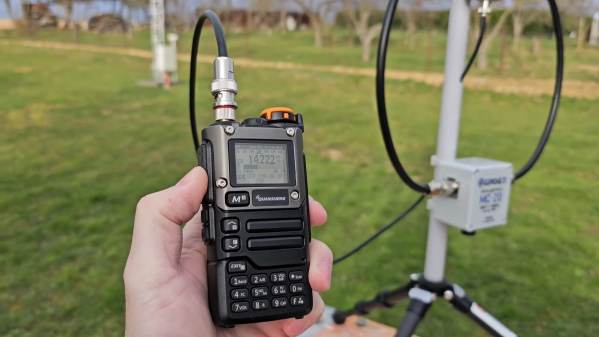The way to get into radio, and thence electronics, in the middle years of the last century, was to fire up a shortwave receiver and tune across the bands. In the days when every country worth its salt had a shortwave station, Cold War adversaries boomed propaganda across the airwaves, and even radio amateurs used AM that could be listened to on a consumer radio, a session in front of the dial was sure to turn up a few surprises. It’s a lost world in the 21st century, as the Internet has provided an easier worldwide medium and switch-mode power supplies have created a blanket of noise. The sounds of shortwave are thus no longer well known to anyone but a few enthusiasts, but that hasn’t stopped [gnd buzz] investigating their potential in electronic music.
There’s very little on the air which couldn’t be used in some form by the musician, but the samples are best used as the base for further processing. One example takes a “buzzer” signal and turns it into a bass instrument. The page introduces the different types of things which can be found on the bands, for which with the prevalence of WebSDRs there has never been a lower barrier to entry.
If you’re too young to have scanned the bands, a capable receiver can now be had for surprisingly little.
Radio dial header: Maximilian Schönherr, CC BY-SA 3.0.



















